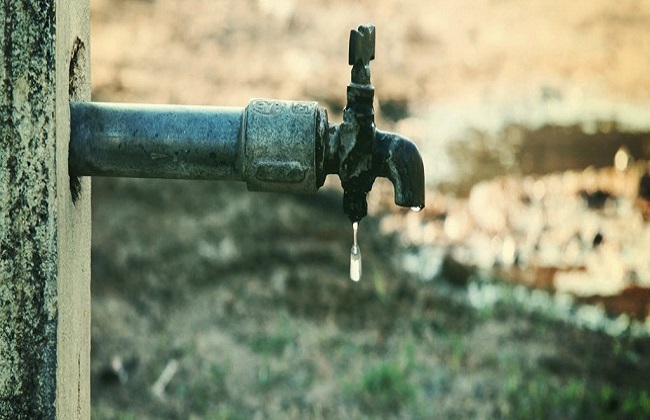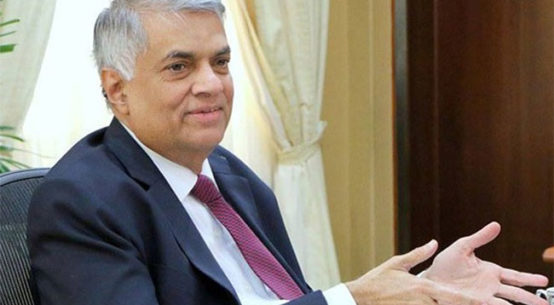
A quarter of the world population living in twenty-five countries uses 80% of their available water each year and experiences extreme water stress, according to new research by the World Resources Institute (WRI).
Water stress is a situation where the demand for water exceeds the available supply in a particular region. It occurs when there’s not enough fresh water to meet the needs of people, industries, agriculture and the environment.
The demand for water is rising globally and has increased more than twice since 1960, according to the institute’s Aqueduct water risk map.
Bahrain, Cyprus, Kuwait, Lebanon and Oman are the five countries with the most severe water shortages. Bangladesh stays in the 56th position on the list.
While water demand in Europe and the US has reached an equilibrium, it is soaring in Africa. The projected increase in global water demand by 2050 ranges from 20% to 25%.
“Living with this level of water stress jeopardizes people’s lives, jobs, food and energy security. Water is central to growing crops and raising livestock, producing electricity, maintaining human health, fostering equitable societies and meeting the world’s climate goals,” authors of the report said.
“Without better water management, population growth, economic development and climate change are poised to worsen water stress,” they added.
Aqueduct estimates that by 2050, 31% of the world’s GDP or $70 trillion, will be under high water stress, up from 24% ($15 trillion) in 2010.
More than half of the exposed GDP in 2050 will be accounted for by four nations: India, Mexico, Egypt and Turkey.
Between 2017 and 2021, India’s thermal power plants lost 8.2 terawatt-hours of energy due to a lack of water to cool them, which is equivalent to the five-year electricity needs of 1.5 million Indian households.
According to research on water risks, countries’ ability to grow economically is at risk. Food production is also impacted. 60% of all irrigated agriculture worldwide, particularly sugarcane, wheat, rice and maize, is under extremely high water stress.
Meanwhile, to feed a projected 10 billion people by 2050, the world will need to produce 56% more food calories than it did in 2010.
According to the report, interventions can prevent water stress from causing crises.
The report notes that Singapore and Las Vegas have managed to flourish despite having little access to water. Using desalination and other methods like wastewater treatment and reuse, the local authorities have managed to conserve water.
The authors of the report argue that political will is required to implement water efficiency and lessen water stress.
The 25 most water stressed countries are: Bahrain, Cyprus, Kuwait, Lebanon, Oman, Qatar, the United Arab Emirates, Saudi Arabia, Israel, Egypt, Libya, Yemen, Botswana, Iran, Jordan, Chile, San Marino, Belgium, Greece, Tunisia, Namibia, South Africa, Iraq, India and Syria.


